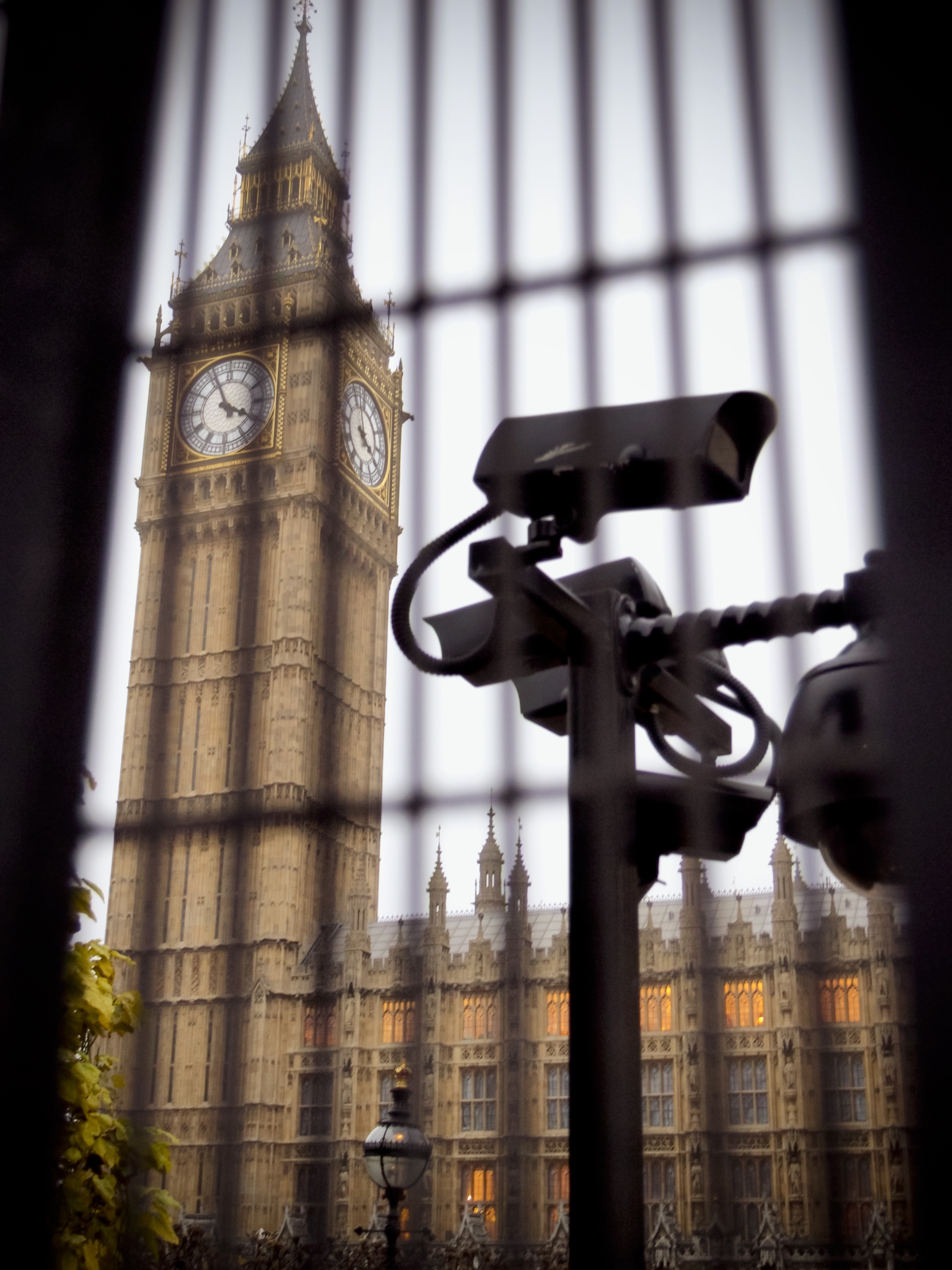

The Home Office has been accused of operating a “burgeoning surveillance capability” outside of parliamentary oversight as it continues to expand the Automatic Number Plate Recognition (ANPR) system and prepares to integrate it into a centralised policing database.
Tony Porter, the UK surveillance camera commissioner, voiced his concerns about the system in his office’s annual report, saying the system’s functionality is growing “exponentially”.
“Its use as an intelligence tool is self evident in that there are now approximately 8,500 cameras in use capable of capturing 35 million and 40 million ‘reads’ a day and storing upwards of 30 billion ‘reads’ a year.”
Its functionality has expanded and now ranges from tracking vehicles believed to have been involved in extremist activity from the 1980s and 1990s to tracking MOT, insurance and vehicle theft, Poter said.
He noted that the public has protested about the increasing difficulty of obtaining information about the system, such as its efficiency and the numbers of cameras in use, and friction is likely to increase with plans to integrate ANPR into the Law Enforcement Data Service (LEDS), a centralised resource currently at the procurement stage.
“The advent of LEDS will increase that clamour – how are these systems working on our behalf?” he wrote.
At present Porter is advocating the use of a self-assessment tool across England and Wales to ensure transparency, but he argued a legislative framework would “provide democratic oversight and strengthen the voice of the citizen”.
The Home Office’s National Law Enforcement Data Programme (NLEDP) Application Development Service earlier this month closed a procurement round for LEDS, which is intended to shift existing policing data systems to a framework developed in a more adaptable way.
The Home Office currently intends the system to host the Police National Computer (PNC) and the Police National Database (PND), which currently run on infrastructure that is nearing obsolescence, along with surveillance camera data, according to Porter.
The inclusion of ANPR is intended to allow investigators to run checks across all the systems at once, he said.
“I have not been privy to that legal advice but I remain of the opinion that we have a burgeoning surveillance capability on the cusp of being integrated into a new platform called ‘LEDS’,” Porter stated in his report.
The Home Office also confirmed it is developing LEDS as the successor to current policing tools, but said it is at the planning phase and its exact details remain to be determined.
Porter’s comments arrive as the House of Lords passes the government’s Investigatory Powers bill, which has been criticised for expanding investigators’ access to individuals’ data without implementing any oversight by an independent authority, such as the judiciary.
The House of Lords passed the bill last week, and it awaits Royal Assent in the coming weeks, upon which it is to become law.
The bill requires, amongst other provisions, the retention of Internet usage data by service providers, so that the information can be made accessible to investigators.
The government has also said it plans to use the new powers to weaken the ability of technology companies to provide encrypted communications services.
Do you know all about security in 2016? Try our quiz!
Consequences. As Musk and DOGE continues slash-and burn at federal agencies, FTC asks for trial…
Report from CMA's independent inquiry group concludes mobile browser markets not working well, but cloud…
Elon Musk turns White House driveway into Tesla showroom to allow Donald Trump to choose…
TSMC reportedly pitches a joint venture with big name chip players for Intel's chip-making Foundry…
Big name tech firms have backed a pledge to support a goal of at least…
After filing for bankruptcy protection in the US last year, struggling EV battery maker Northvolt…